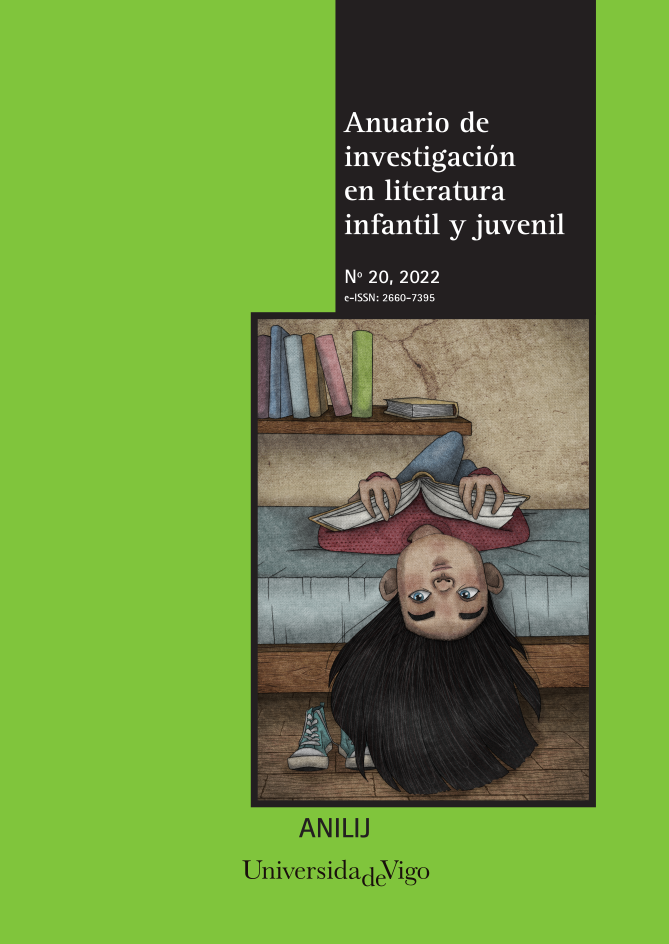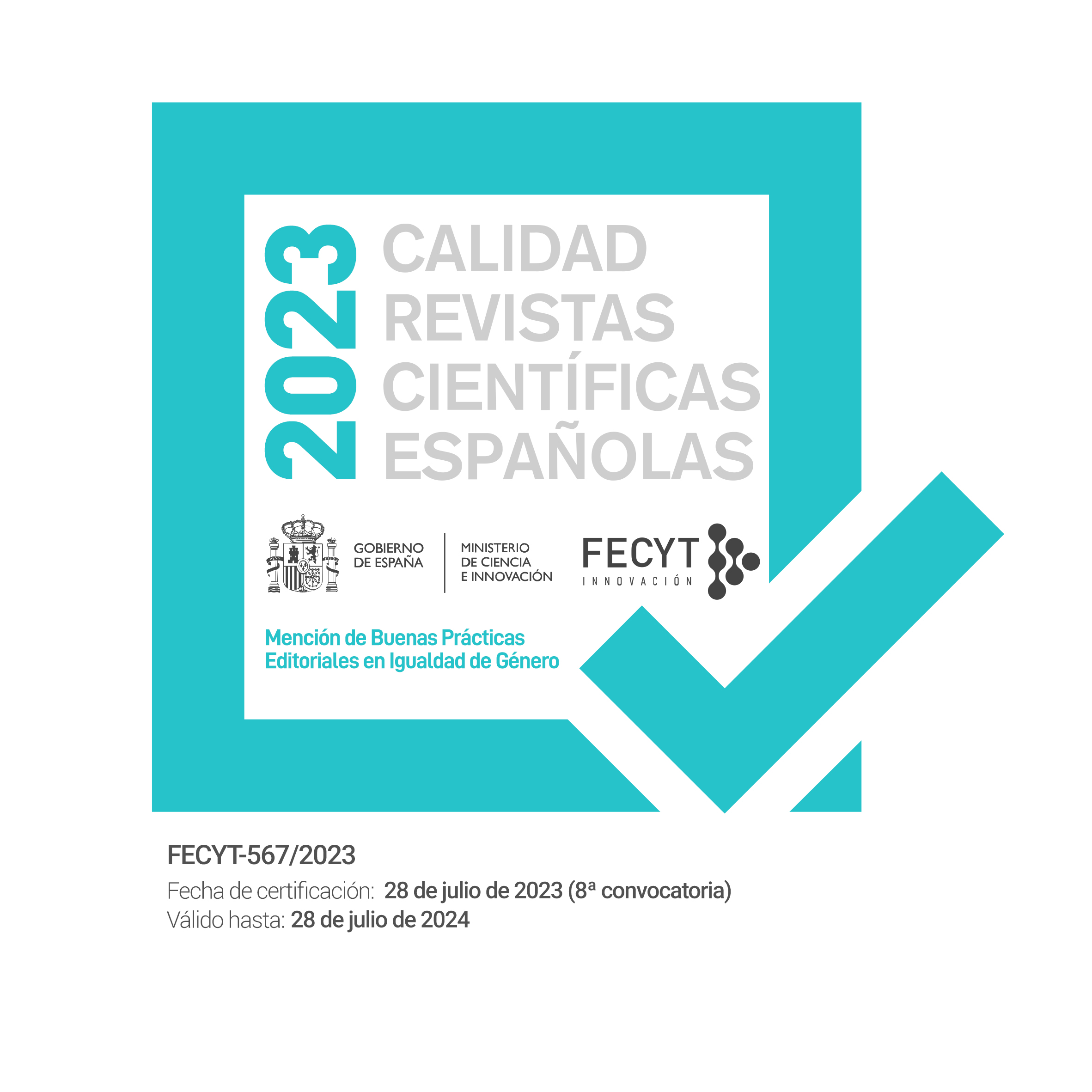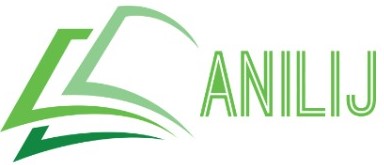The revenge of Persephone. From abducted maiden to rival monster in God of War: Chains of Olympus
DOI:
https://doi.org/10.35869/ailij.v0i20.4282Keywords:
Mythology, Classical Literature, Videogames, Young Adults, Mass Media, Popular CultureAbstract
This work delves into videogames, a current common field in contemporary mass culture and the culture of young people, as it is a tool for leisure and online communication, for self-expression, learning, and socialisation. Specifically, I study the redefinition of the goddess Persephone in God of War: Chains of Olympus, where she plays the role of the main antagonist. Following a classical reception approach, I will demonstrate that Persephone acts as a monster insofar as she has the same function as these creatures within God of War. I also conclude that she is an exceptional monster for two main reasons. On the one hand, her monstrosity is not determined by her physical appearance, as has been applied to monsters since ancient times, but it responds to the current expansion -and metaphorisation- of monsters. On the other hand, Persephone’s characterisation in God of War contrasts sharply with the classical perception of a goddess, but it ties in perfectly with the ingredients of action and fantasy that are essential in videogames.
Downloads
Downloads
Published
Issue
Section
License

This work is licensed under a Creative Commons Attribution-NonCommercial-NoDerivatives 4.0 International License.
Anuario de Investigación en Literatura Infantil y Juvenil has been published in open access from 2019 (vol. 17). The journal allows the authors to retain publishing rights. Authors may reprint their articles in other media without having to request authorization, provided they indicate that the article was originally published in Anuario de Investigación en Literatura Infantil y Juvenil. The journal holds the copyright of printed issues (volumes 0-16).





